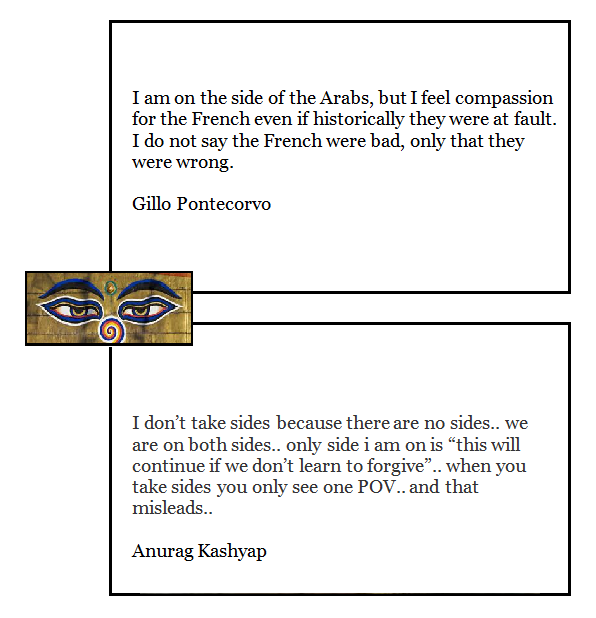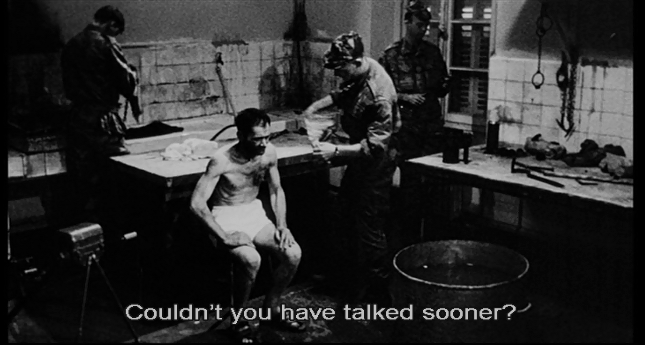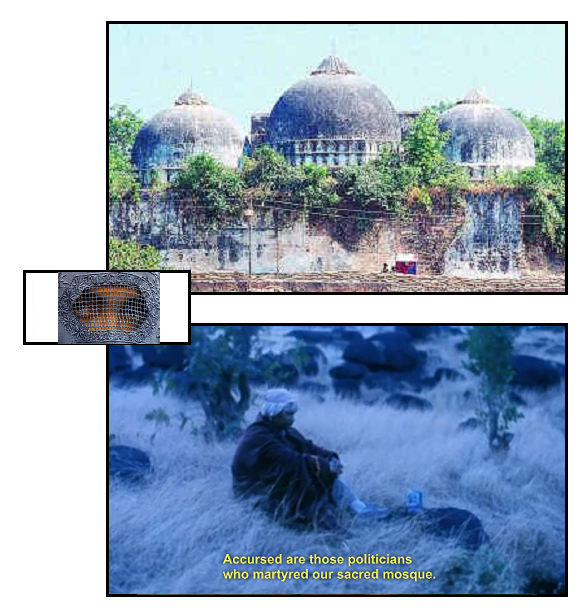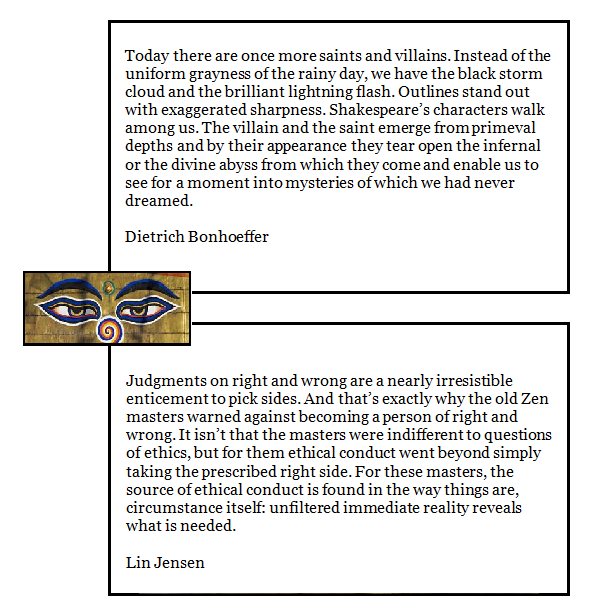Nairobi tweets 2: Sun Tzu and more
Sunday, September 22nd, 2013[ by Charles Cameron — further hints from the HSM Press twitter stream, following on from part 1 on bullet-proofing ]
Update:
As of Monday morning 11am California time:
I now think it’s clear that the twitter stream I was commenting on in this post and the first in the series was not an official Shabaab feed, and thus untrustworthy as to its statements — although it’s exact status (fan, mimic, troll, loosely connected?) is undetermined.
I am leaving the post up (a) for the record, and (b) for whatever minor interest it may still have.
Original post:
Okay, let’s pick up the thread from my earlier post in this series with this sheer poetry — sheer Anglo-Chinese poetry in fact, the poetry of Sun Tzu from The Art of War — Chapter 7, “Maneuvering”, # 19 in the Lionel Giles translation.
I won’t be presenting the rest of these tweets in graphical form, since that would be labor intensive and I’m trying to be conservative about my labor, but there’s one more Sun Tzu quote I noticed in their stream, and we’ll come to it.
In the meantime, HSM Press tweeted on a variety of topics, all of which seem relevant to them:
**
Let’s note first the importance given to prayer in these tweets:
our mujahideen just prayed salat dhuhr! #westgate #alshabaab #Nairobi our mujahideen are preparing to pray salat maghrib! #westgate #AlShabaab #Nairobi
The Qur’an is cited:
and kill them wherever you find them! ring a bell? #westgate #AlShabaab
Their Islam is a religion of peace —
yes islam is a religion of peace! thats undebatable. the debate here is who hit first? #westgate #AlShabaab dont blame islam! islam never told you wage war on another country! #westgate
— but peace comes arms-in-arms with justice.
There are matters of logistics:
we tweeted arrival of 2 squads and they are replacing our first two now. hooo-ah! #Westgate update: our third mujahideen squad just crossed the border, enroute to #garisa and other undisclosed locations. #Westgate #AlShabaab update: 4th mujahideen squad rendezvous to undisclosed location! brace yourselves #kenya #westgate #AlShabaab
Here’s that other Sun Tzu quote, along with a mention of training camps:
the first thing they taught us in training camps: know your enemy! #AlShabaab #Westgate
and there, making a fine DoubleQuote, is Margaret Atwood‘s nifty variant on Clausewitz:
“War is what happens when language fails.” #westgate @nairobi
Now, about those “training camps”?
have we mentioned we trained in this same building months ago! our mujahideen know every corner of this building! #alshabaab #westgate
But also:
our mujahideen are all under 25 years old. 7 of them having completed training in black water facility in north california! #Westgate
So they train with Blackwater / Academi and in situ, eh? And they’re all under 25 — when they started naming namesa bit later, they identified at least one 27 year old, but you get the drift — and at least one is a young woman:
our female combatant took out 15 kenyan soldier! what an amazing woman! #Westgate
They count the cost — though unlike AQC in the case of 9/11, they don’t do so to show what a huge ROI they have, just to be glad it wasn’t a flop:
the vast amount of time, money and dedication we contributed to this operation were glad it was carried successfully! #westgate #AlShabaab
They call it an op here, but their view of its size and importance is pretty flexible as to scale…
It’s a game — the “war as game meme” once again!:
lets see how yall enjoy this game! #westgate #alshabaab #Nairobi
They also call it a war:
this is a war and its not going to end well. #westgate #AlShabaab
It’s not a Jihad, though:
#JIHAD is a big word to use for this drill. #kneyans you will know when jihad is happening its unevitable! #westgate #AlShabaab
It’s gonna get worse:
you call few hundred death a deadly attack. well see what a deadly attack is. brace yourselves #lenya #westgate #AlShabaab
— and hey, it looks as though they have their eye on S Africa as a target further down the road:
#southafrica gere we come!!! #Westgate
**
Those are the tweets I found interesting on a first read. HSM followed up with the names and home cities of three American participants, and then their feed was suspended and I was invited to return to my home timeline…
Credit goes to JM Berger for getting Twitter to be a whole lot quicker in disabling their feeds, but it’s all a bit whack-a-mole, and I suspect they’re probably back up by now, under some variant name or other.








